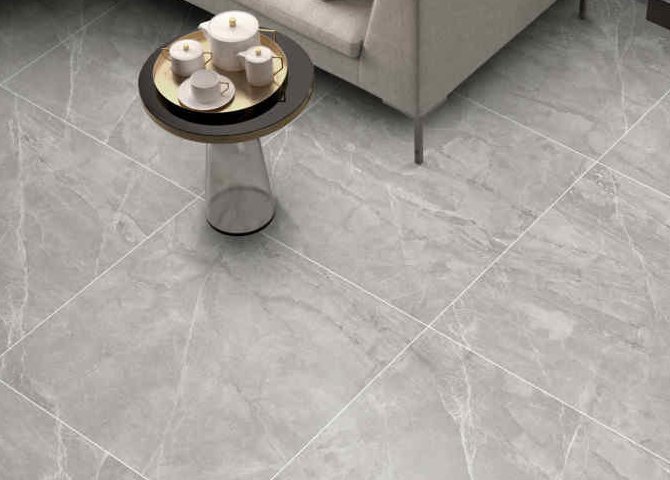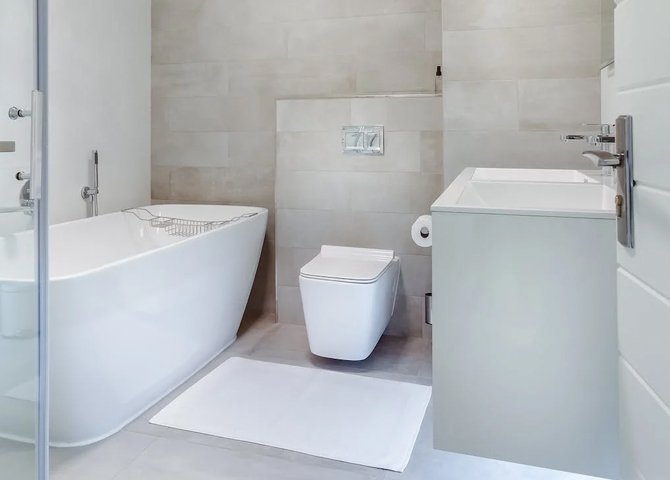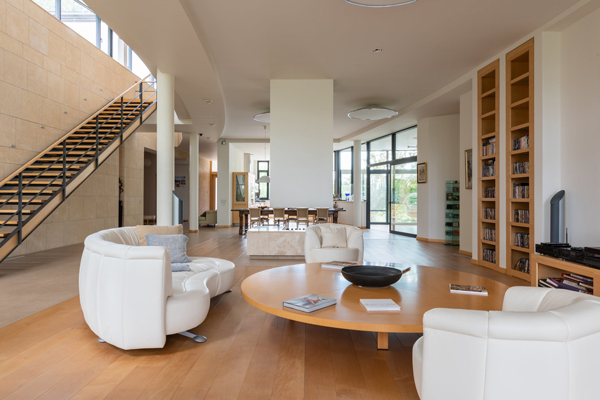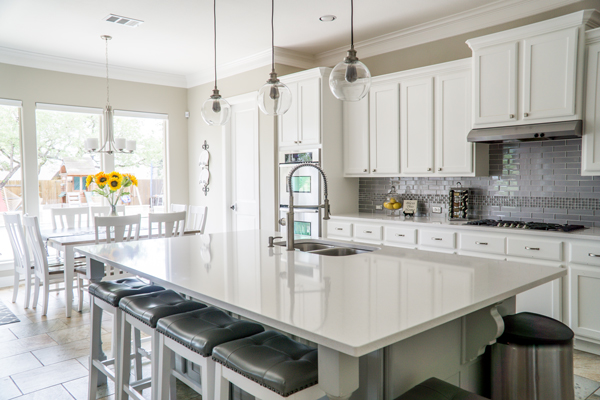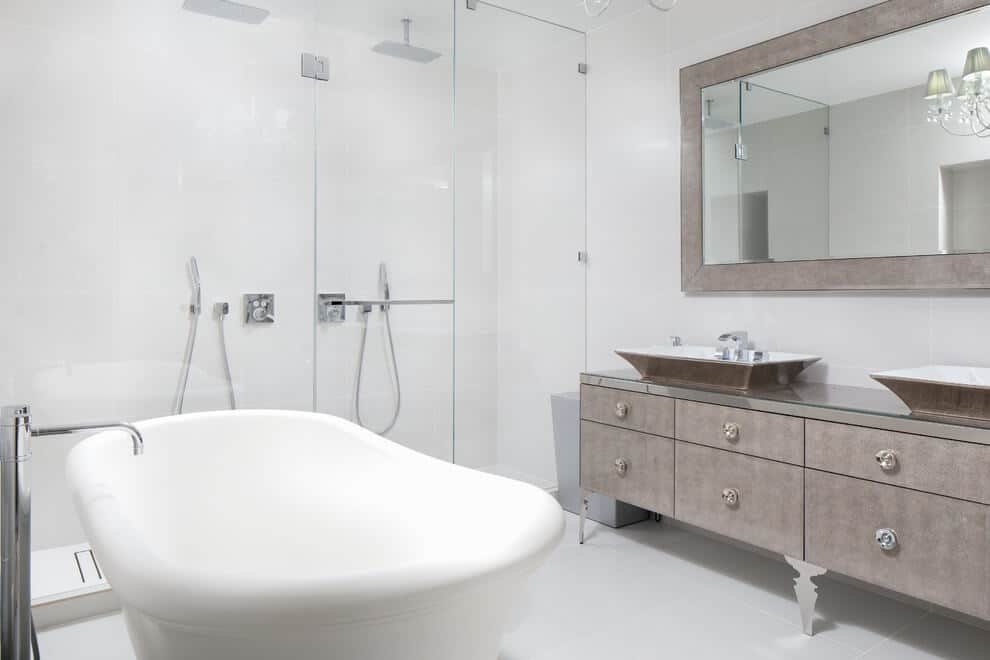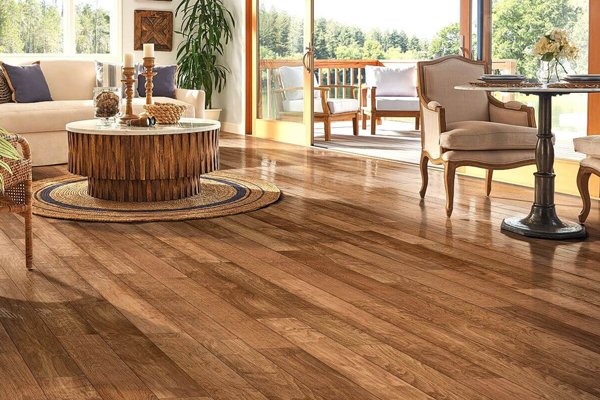In the process of deciding when, where and how to select the tile, multiple questions arise. In this article, we will explain the main differences between porcelain and ceramic tiles (porcelain vs ceramic). This is relevant in interior design and home renovation because it offers distinct advantages and characteristics. This article describes the differences between porcelain and ceramic tiles, throwing light on their appearance, durability, style and finish, affordability, ease of installation, and specific applications. We further discuss the composition and manufacturing process to highlight the cost, durability, and suitability for different spaces and explore each tile type’s intricacies. Whether it’s the high density and durability of porcelain tiles that make them ideal for high-traffic areas or the vibrant colours and ease of installation that make ceramic tiles a favourite for DIY projects and low-traffic zones, this guide aims to equip readers with the knowledge to make informed decisions. As we navigate these comparisons, we’ll uncover how these differences influence the selection process, ultimately helping homeowners, designers, and builders choose the right tile for their project based on budget, utility, and aesthetic preferences.
1.The Make: Porcelain vs Ceramic
The primary difference between Porcelain and Ceramic tiles is their composition and manufacturing process.
While both tiles are made from clay, porcelain tiles are made with a mixture of clay, sand and feldspar, and they are baked at higher temperatures, making them denser and more durable. After that, porcelain tiles can either be kept in their natural state or transformed into other materials like wood, stone, concrete, etc, with inkjet technology.
On the other hand, ceramic tiles do not use complex clay and are fired at relatively low temperatures in the kiln, thus making it softer, relatively more porous, and less durable. The material and process involved also make the ceramic tile relatively colder than its counterpart.

2.Appearance: Porcelain or Ceramic Tile
Another difference between a porcelain or ceramic tile is its appearance. While it could be hard to identify the difference on the surface with today’s technology, the colour of porcelain tile is carried throughout its body, so if it gets chipped, it’s not so obvious. In the case of ceramic tiles, the colours are printed on the surface and then coated with a layer of glaze, so if they get chipped, it will be more noticeable since the body of the tile is different.

3.Durability Duel: Porcelain or Ceramic Tile
Porcelain tiles are usually recommended for higher-traffic areas since they are denser and, more durable, less prone to wear and tear. Porcelain tiles are also water-resistant and easy to clean, making them an ideal choice for areas like hallways, living rooms and commercial spaces. Their resistance to expansion and contraction with changes in temperature makes them a perfect selection for outdoor spaces.
4.Style and Finish: Ceramic v porcelain
Ceramic tiles are generally glazed after being fired in a kiln. Because of this process, they are available in various bright colours and patterns. They come in more colour options as compared to porcelain tiles. Ceramic tiles are available in varying sizes, ranging from mosaic tiles to large-format tiles. They can be cut in any size and shape as they are easy to work with. They are great for custom wall designs, backsplashes and low-traffic areas. On the other hand, porcelain tiles use the high-tech inkjet printing process, which creates such realistic-looking tiles that it’s challenging to differentiate them from natural stone or wood. They are great for re-creating a low-maintenance, opulent look in place of high-maintenance material like natural stone, wood and metal.

5.Affordability: Porcelain or Ceramic Tile
Ceramic tiles are more cost-effective than porcelain tiles because of the difference in ingredients and preparation involved. Also, the cost of installation for porcelain tiles further increases the price. However, it is not necessarily the right choice. While porcelain tiles are more expensive, they are more durable and prone to wear and tear as time progresses. Hence, it is more cost-effective in the long run.

6.Ease of Installation: Working with Porcelain vs Ceramic Tiles
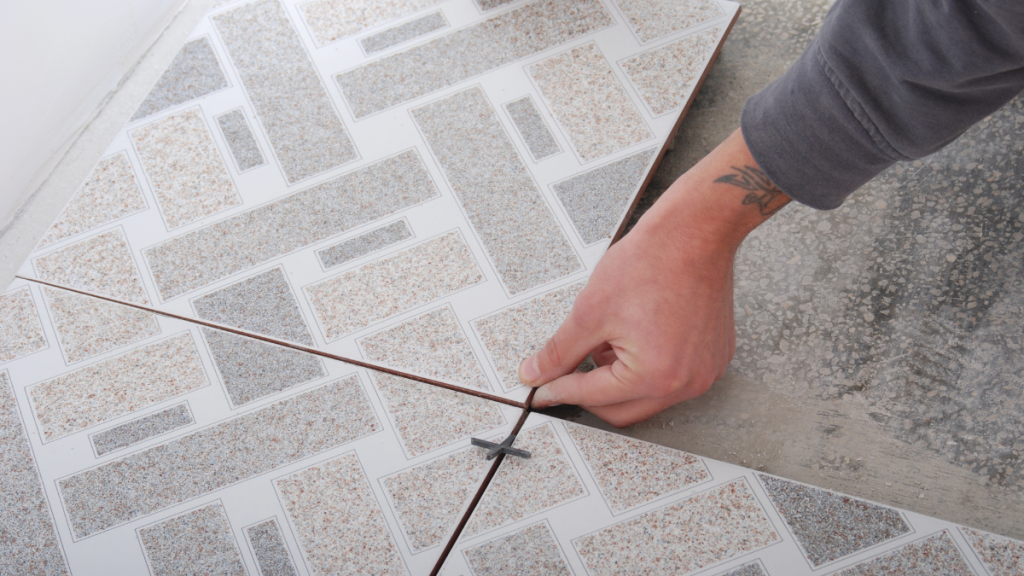
Porcelain tiles are fired at a higher temperature, making them denser and more challenging. The installation process of both porcelain and ceramic floor tiles is quite similar. The installer must apply a layer of mortar to the underlayment, press the tiles into the mortar, and allow the mortar to set before adding grout between the tiles. However, porcelain tiles require a professional, and cutting them requires a wet saw, which uses a water-cooled, diamond-tipped blade. On the other hand, ceramic tiles are easier to work with and better suited for DIY projects as they can be easily cut with a manual tile cutter in various shapes and sizes.
7.Application:
Ceramic vs porcelain floor tile, how to decide which is better suited?
The water-resistant and durable nature of Porcelain tiles makes them a better fit for commercial use, outdoor areas, and high-traffic residential spaces. Porcelain tiles are also better suited for bathrooms, shower tiles and other wet areas like kitchen floors and countertops as they are non-porous.
Ceramic tiles, on the other hand, can be used in kitchen backsplashes, accent walls in the house or commercial space, or low-traffic areas.

Conclusion
Both Porcelain tiles and Ceramic tiles have their pros and cons. Different types of tiles are suited for various kinds of areas. Either of them is an excellent addition to your space. Budget, utility, and water resistance are generally the primary considerations when making this choice.
If you are interested in porcelain and ceramic tiles, click here or visit our showroom in Vancouver.




